#93 Beaumaris Castle
Isle of Anglesey, Wales
1295-1330
This
is NOT an official Lego site
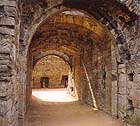 |
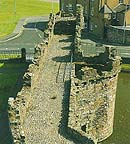 |
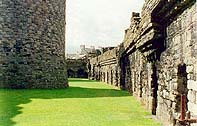
|
| South
Gatehouse passage looking back toward the Barbican. |
The Gunner's
Walk with the roofless Mill Tower. |
The Outer
Bailey with archers' slits, tower doors and overhanging and stepped wall walks. |
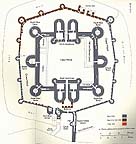 |
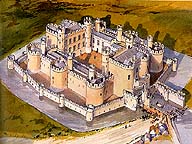 |
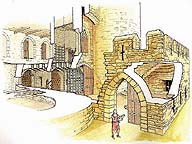
|
| General
Plan of Beaumaris Castle |
Drawing of
Beaumaris as she would have looked if completed |
Cutaway of
South Gatehouse Barbican |
| Construction
Photos September & October 2003 |
This castle model is
going to take a few weeks to build - probably well into October!?
[Turned out to be November!]
| Photos
of the Lego Model Built September-November 2003 The model contains 27,043 bricks - 22,074 light gray. |
Other
Beaumaris Castle pages:
http://www.castlewales.com/beaumar.html
http://www.beaumaris.com/
http://www.beaumaris.org.uk/
http://www.cadw.wales.gov.uk/
Return to the
main castle
page.
Castles created by
Robert
Carney
Page created & maintained by Robert Carney